Here is what you should know about ‘less than container load’ [LCL]
What Is Less Than Container Load?
The standard shipping container measures 33 cubic metres or a little less than 1,200 cubic feet. Less than Container Load (LCL) is a service offered by freight forwarding companies, allowing shippers to book only part of a container. This is useful when a shipment cannot fill up a container, but you would still like to get the benefits of container shipping.
The freight forwarders offer less than container load services on regular schedules between selected origins and destinations. Because they service multiple customers, they can consolidate shipments adding up to a full container, which they can book directly with a shipping line in their own name. The LCL shipping customers thereby benefit from sharing the cost of the container, and still achieve the same transit time and security as if they were shipping a full container. It is comparable with sharing the taxi to the office with a colleague living close by. The cost is split, but you both get the benefit of starting the day without getting wet in the rain.

In addition to the port-to-port service, freight forwarders perform a number of other activities and services. This includes everything from pick-up and delivery of the cargo at the shipper’s and receiver’s premises to customs clearance and safe handling of the cargo during on/off loading into the container. If you would like to learn more about all the components in the process, see Shipping Process.
The following information is required to book a less than container load service:
Where is the shipment coming from and going to?
What is the service you require beyond shipment from port-to-port?
When is the shipment ready – or when do you latest need it at its destination?
What are the cargo dimensions, weight and content?
In finding the answers to these questions, be as specific as possible. For example, if you require a door-to-door service from a freight forwarder, you will need to provide both pick-up and delivery address.
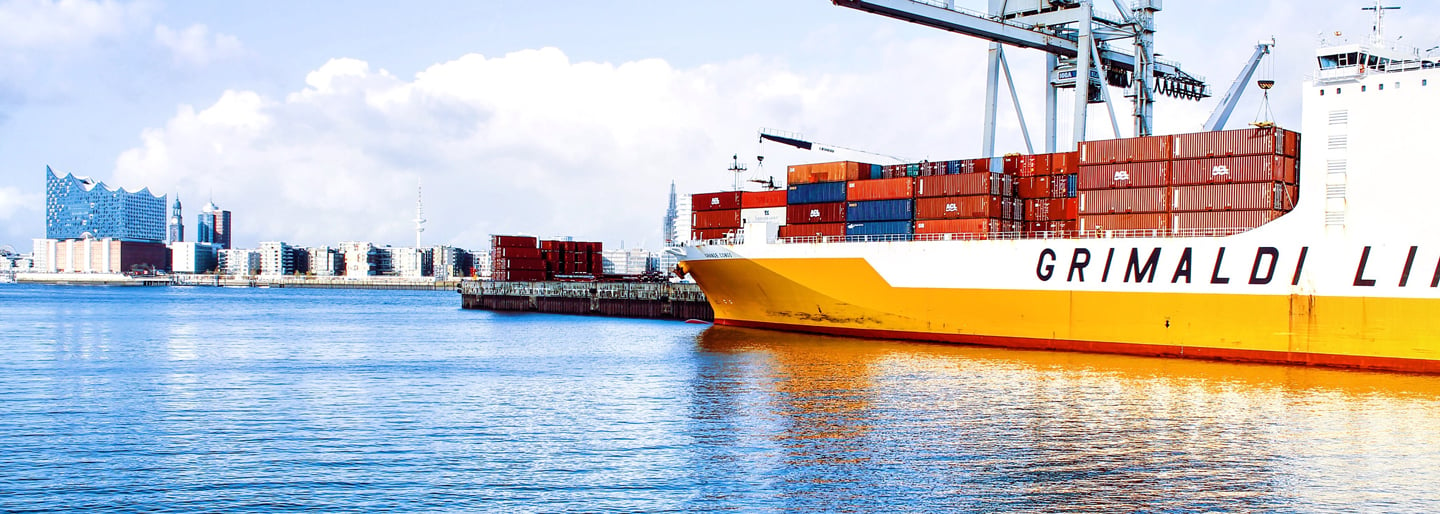
How Long Does It Take?
When trying to establish the transit time, it is important to know which transit time you are looking for. While most LCL shipping customers are looking for a total transit time from the time the shipment is handed over to a freight forwarder till the time it is received at the destination, freight forwarders will often refer only to the transit time at sea. There is typically a significant difference between the total and the sea transport time. The difference can be explained by the following components of door-to-door transit time:
From the shipper to the forwarder
Trucking Zurich to Rotterdam – 3 days
Forwarder to the shipping line
Handling in Rotterdam – 4 days
From seaport to seaport
Shipping Rotterdam to Newark – 12 days
Shipping line to the forwarder
Handling in Newark – 3 days
From the forwarder to the receiver
Rail/truck to Chicago – 3 days
Total: Door-to-door transit time
Zurich to Chicago – 25 days
In this example, the total transit time from door at origin to door at destination is 25 days, while often shippers are presented with a 12 days transit time referring only to the sea freight portion of the voyage.
The transit time from shipper to forwarder for LCL shipping, also known as export haulage, and the transit time from forwarder to receiver, also known as import haulage, depend on distance, infrastructure and mode of transport (typically by road or rail).
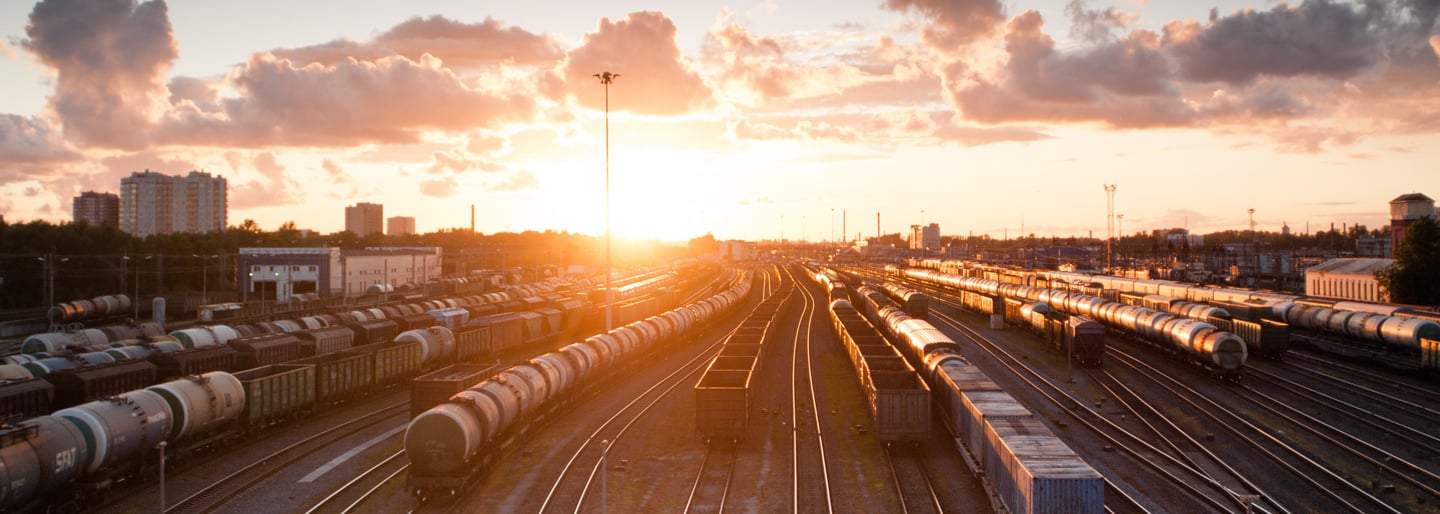
Transit time from forwarder to shipping line at origin and from the shipping line to the forwarder at destination depends on distance from the warehouse to the port, export and import processes executed by the forwarder and speed of the forwarders operations at the warehouse. For less than container load shipments, assuming a warehouse location close to the port, this range is typically from 2 to 6 days.
The seaport-to-seaport transit time depends on the choice of shipping line and their schedule.
It gives an estimate of seaport-to-seaport transit time between different geographies in days. For example, Europe to North America East Coast can be expected to be between 10 and 20 days. It is based on major ports measured across the most common shipping lines in these respective trades.
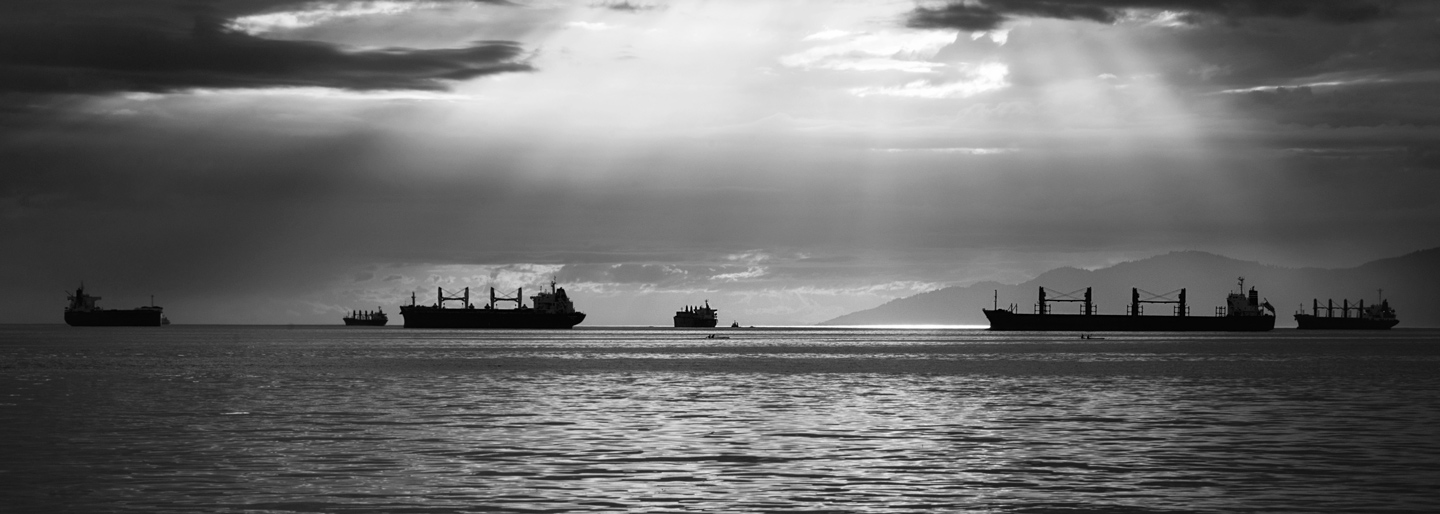
The exact port of loading and port of discharge is the decision of freight forwarder. The decision is made based on which shipping line the container is loaded on and proximity from the warehouse to ports. For less than container load shipments, the origin and destination seaports are in principle irrelevant. The reason being that these shipments will, if not picked up and delivered by the freight forwarder, need to be handed over and collected at the freight forwarder’s warehouse regardless of the seaport used.
In conclusion, if you want to establish a total door-to-door transit time, ensure that you know the individual components of the transit time and simply add them up. For all transit times displayed on Transporteca, we have already added the relevant components up. So, if you are searching for door-to-door LCL shipping, it will be the corresponding door-to-door transit time you will be presented with. If you are searching for a warehouse-to-warehouse solution, the transit time we display will cover only the components from the cargo is handed over to the forwarder at the origin warehouse till it is available for pick-up at the destination warehouse.
In addition to these standard transit time components, there are a few other elements to be aware of, which can impact but are not considered part of the transit time.

Booking cut off
The booking cut off is the minimum time required by the freight forwarder to prepare for the physical handling of the cargo. It is measured as the minimum number of days required between placing the booking and handing over the LCL shipment to the forwarder. For example, if a freight forwarder must receive the cargo on a Thursday at 4pm, and the booking cut off is 5 days, the booking must be placed with forwarder latest the prior Saturday at 4pm. Placing the booking any time later than this will not allow the forwarder sufficient time to plan the booking, hence the cargo will only ship on the following week’s LCL shipping service, and effectively be one week delayed.
The services you see on Transporteca all take the booking cut off for LCL shipping into consideration. Any services you find on the portal are thereby still within the forwarder required booking cut off, why there is no risk of making a late booking when you place it online.
Customs clearance
The export customs clearance process must be completed before the cargo leaves the country of origin. Similarly, at destination, the import customs clearance process must be completed before the cargo can leave the customs bonded area, typically the freight forwarder’s warehouse. Delay in any of these processes could therefore potentially have an impact on the total transit time. In general, as long as the party performing the customs clearance has the correct documents on time, there should be no reason for any delay. For more details on how to avoid delay in customs clearance for LCL shipping, please see Import Mistakes.

Shipping line delay
Occasionally, shipping lines re-route their container ships in order to minimise delay for customers across the network in case of disruptions or to optimise the loading on their ships. While they usually try to minimize any delay, it can at times mean that ports are being omitted or port calls delayed, which in turn can impact the port-to-port transit time. The freight forwarder will normally keep a close eye on the schedules and timeliness of the vessels they have loaded on in order to keep customers informed. Delay of more than a few days, however, is very uncommon in developed container trades, and can usually be absorbed by either the shipping line or the forwarder in their land-side handling of the container. If this is not the case, it will impact the total transit time of the shipment.
Less than container load shipping
While it is not required to know the exact ship your cargo is loaded onto, normally you would be able to find out from the bill of lading. If you are interested, you could then find additional information about both the ship and any delays from the shipping line’s website.

Other delays
In international LCL shipping, there are multiple other delays, which could occur. While these are not common on developed trades, your cargo transit time could be impacted by for example weather delays, political or civil events.
What is LCL Service?
An LCL service is the abbreviation of less than container load service, and is a transportation solution offered by freight forwarders to customer with shipments smaller than a full container load. The smallest standard marine container carries a volume of 33 cubic metres or a weight of 28 tons – so an LCL service should be considered for any shipment considerably smaller than this.

LCL Service cargo handling
The LCL service comprises a number of activities, of which ocean shipping is one of them. The first step is receiving and checking the cargo at the freight forwarder’s consolidation point (a warehouse) at the place of origin. The forwarder then arranges for consolidation with other shipments, and optimises the container load to fill a standard shipping container. At the origin warehouse, the freight forwarder will arrange the shipment to be stuffed into the container and issue the confirmation of shipping to the shipper. This would usually be a bill of lading clearly stating that the cargo has been received for shipping with an LCL service, including service details such as the vessel and timing.
At sea and in transit through transshipment ports, the container carrying the LCL shipments is handled similarly to any other container.

At times, the LCL service will pass through the forwarders LCL hubs. These are comparable with train stations, where cargo can be discharged from a container with LCL shipments and reloaded into another container loaded for the final destination.
At the destination, the container is delivered at the forwarder’s import warehouse, the de-consolidation point. As part of the LCL service, the forwarder will de-stuff the container, check and prepare the individual shipments for collection or delivery.
LCL service schedules
Freight forwarders typically plan their LCL services on fixed weekly or bi-weekly schedules. For example, a freight forwarder could have a service leaving from Shanghai, destined for Rotterdam, every Thursday afternoon. The forwarder will then try to attract cargo (customers) to ensure that the container is as full as possible every week. In cases where the forwarder overbooks the container, they have the flexibility of booking a larger container with the shipping line and thereby accommodating the extra cargo.

In case a forwarder is not able to fill the container with cargo for an LCL service in a particular week, there are three options:
Ship the scheduled container with lower utilisation – which increases the cost for the forwarder
Book the LCL shipments with another freight forwarder – a so-called co-loader, ensuring that they jointly can fill up a container; or in the worst case
Postpone the shipments until the following week (also known as rolling of shipments)
Any freight forwarder strives to optimise their scheduled LCL services to ensure maximum profitability and customer satisfaction. This means engaging customers and sales teams and encouraging cargo bookings to meet the minimum capacity every week or every two weeks. Co-loading, however, is very common and also ensures customer satisfaction as long as the LCL service will achieve the same arrival time at the destination (which is usually possible as the container would likely be shipped on the same vessel). There are dedicated freight forwarders specialising in co-loading, working exclusively with freight forwarders. Rolling of shipments is never desired, and freight forwarders do whatever they can to avoid this.

Booking LCL services
When looking for an LCL service that matches your shipping needs, there are a couple of things to consider:
Can your shipment be shipped on an LCL service?
What is the origin and destination of your shipment?
Do you need any additional services, such as pick-up or delivery?
Are there specific requirements of transit time or destination to the forwarders warehouses?
Will the cargo be packed so it can withstand handling by forklifts when loading and unloading the container?
Once you have decided to book an LCL service with a freight forwarder, a good place to start is an online booking portal. To learn more about what to look for when searching for LCL services online, we suggest you read Finding the best freight forwarder with freight comparison websites.

Costs
Each part of the shipping process has associated costs. In general, there are seven transportation steps to consider in establishing the total cost of a less than container load shipment (see them under Shipping Process). To avoid surprises, it is imperative that shipper and consignee agree on who is responsible for paying each of these steps before the LCL shipping takes place. Within each of these steps, again, there can be multiple cost items. Some relate directly to the handling of the shipments, while others are fees imposed by authorities or surcharges levied by subcontractors to the freight forwarder.
In assessing the actual logistics cost of the shipment, it would be required to add up all cost items. Within each of the seven steps, you would need to get a complete cost overview from the forwarder in order to understand the final and complete logistics cost. Regretfully, this can be a time consuming task, as pricing will often include a number of subjects to different surcharges, which might be beyond the control of the forwarder.

While there are many cost items and surcharges used in the industry, new surcharges seems to emerge almost daily. A few of the most common freight and surcharge items you might come across are explained below:
LCL shipping rates: Typically the base rate for the ocean freight only
Ocean freight: Same as above
BAF: Bunker adjustment factor – fuel surcharge for the ocean transport
CAF: Currency adjustment factor – hedging of currency exchange risk
THC: Terminal handling charge – container handling at the port
Documentation: Work associated with issuing the required freight documents
Bill of lading fee: Same as documentation
CFS fee: Container freight station fee – handling of the shipment at the warehouse
Customs clearance: Preparation and filing of customs declaration
Pick-up: Trucking from shipper to export warehouse
Delivery: Trucking from import warehouse to consignee
Fuel: Covers temporary high fuel price for road transport
Security: Any additional temporary security measures imposed
Environmental surcharges: Typically levied by authorities
As the application of these items is forwarder specific, giving advice on the individual costs here is not meaningful. However, as a very rough rule of thumb, to put the cost items into perspective, you could expect the total costs from warehouse at origin to warehouse at destination to be split 1/3 for origin related costs, 1/3 for freight costs and 1/3 for destination related costs in an intercontinental trade. In addition, customs clearance, pick-up and delivery are charged on top, where rates depend entirely on the local market and distance.

On Transporteca, all the relevant costs of LCL shipping are included in one total price. That means all surcharges and incidental costs would be included in the price you see in your search results. If, for example, you search for a door-to-door shipment including customs clearance at origin and destination, there will be no additional freight related costs charged by the freight forwarder. Should you search for a port-to-port service, costs associated with origin handling, destination handling, any pick-up or delivery and customs clearance will be charged directly by the freight forwarder to the shipper or the consignee. In comparing the prices you find on Transporteca with the prices you can get off line, you should therefor ensure that all costs are included in the off line pricing to make it a relevant comparison.
Cargo Limitations
By the nature of the service, all less than container load shipments must fit into a standard marine container. The freight forwarder offering the service will plan each container to optimise the utilisation and ensure safe stowage of the cargo. The smallest standard container, which the less than container load shipment should normally be able to fit into, has the internal dimensions 589cm X 235cm X 239cm or 19’4 X 7’8 X 7’10 (LxWxH) and a maximum cargo weight of 28mt or 62,000lb. The size of the door, limiting the height and width of the cargo, is 233cm X 227cm or 7’8 X 7’5 (WxH).
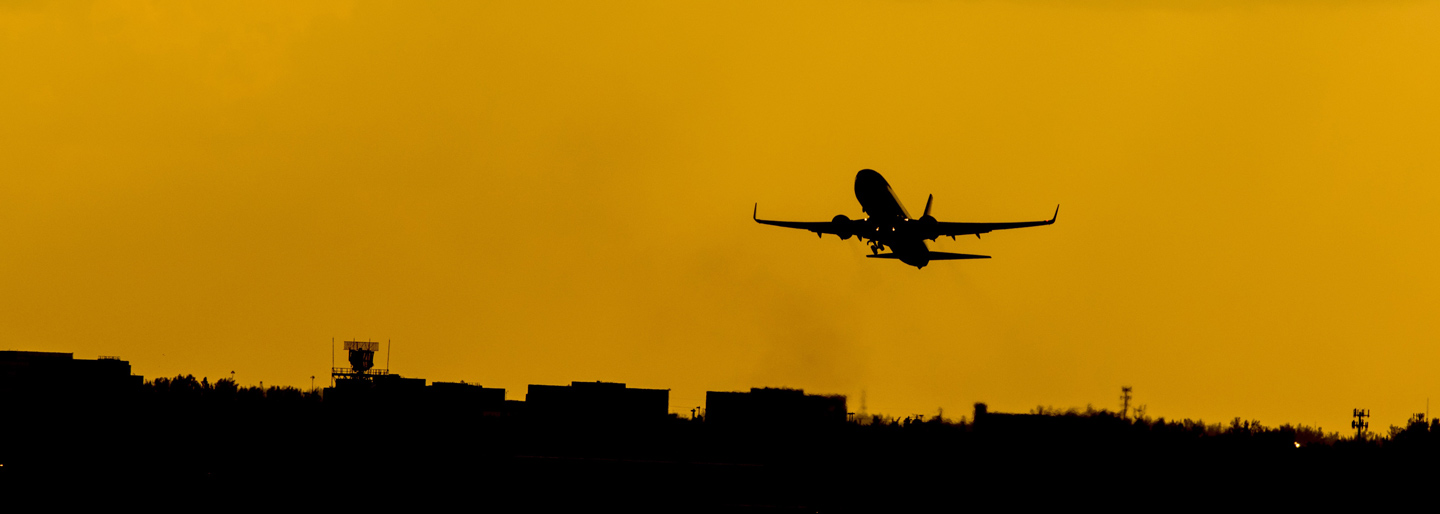
When searching for less than container load services on Transporteca, we apply the above limitations. If your cargo exceeds these, you will be notified, and asked whether you would like to share your cargo details and service needs with all our associated freight forwarders offering services in the trade you are looking for. They will then independently assess whether they will be able to accommodate your shipment, and revert to you directly with pricing.
Lastly, as less than container load is a shared service, and the container is declared as general cargo, hence none of the shipments may be hazardous and all cargo must be dry and able to withstand the voyage in a standard container at ambient temperatures.
Dangerous Cargo
Dangerous cargo is in general prohibited from transportation as less than container load shipments. The reason is that dangerous cargo has special documentation, handling and stowage requirements, which apply to any container carrying any quantity of dangerous cargo. These additional measures will at times delay the container and often incur additional cost. By prohibiting dangerous cargo to be part of less than container load shipments, freight forwarders ensure that other non dangerous shipments are not at risk of being negatively effected by any delay of the container due to these special requirements.
The International Maritime Organisation (IMO) defines which cargo is considered dangerous in the International Maritime Dangerous Good Code (IMDG), dating back to 1960. In general, dangerous good are solids, liquids, or gases that can harm people, other living organisms, property, or the environment. Dangerous goods are classified into one of nine classes according the hazard they present. The classes are available from IMO’s website (www.imo.org), and the classification must be made by the shipper, the consignee or the appropriate authorities where specified. Note that none of these classes will be accepted as a less than container load shipment.
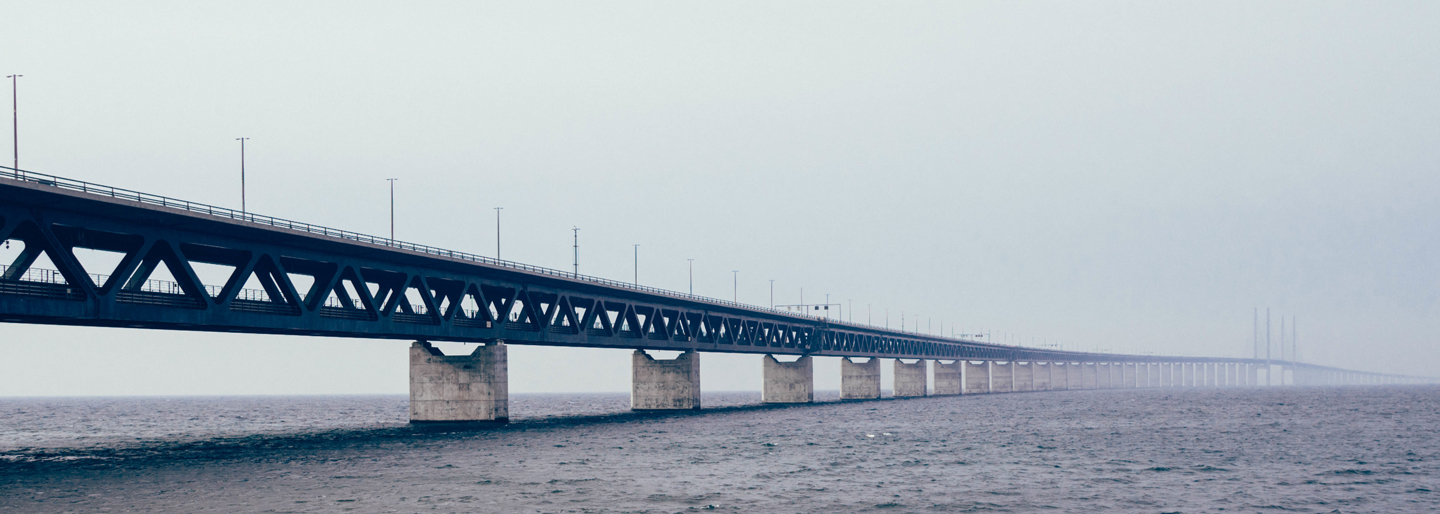
When searching for a service on Transporteca, you will be asked whether your shipment contain dangerous cargo. If it falls into one of the nine IMDG classes, your cargo is considered dangerous. In that case, we will be able to share your LCL shipping requirements with all our associated freight forwarders with a service in the trade you require. They will then be able to revert directly to you in case they offer another service, which accepts dangerous cargo.
Finding A Freight Forwarder
Finding and selecting the best freight forwarder is not always easy. While most forwarders offer less than container load solutions, you need to find a forwarder with strength in the trades you require, establish comparable prices and ideally get feedback from other customers before making a decision. Considerations include:
How well the schedule and transit time fit with your requirements – remember to establish the total transit time and pick-up/delivery times
Total cost of the LCL shipping solution – including all components in the supply chain (see blog on the Shipping Steps to learn more)
Distance from the shipper to the export warehouse if you do not want the forwarder to arrange pick-up
Distance from the import warehouse to the consignee if you do not want the forwarder to arrange delivery
Available reviews and ratings from other customers on timely delivery and customer service
Some of this information is available on forwarder’s websites and blogs on the Internet, but most would require significant data collection and analysis to make a meaningful comparison. In your search results on Transporteca, we display the above components in a clear and comparable manner. If you feel there are additional components we should include, we would be happy to hear from you. Our aim is to help small and medium sized business to find the best less than container load solutions for their needs.